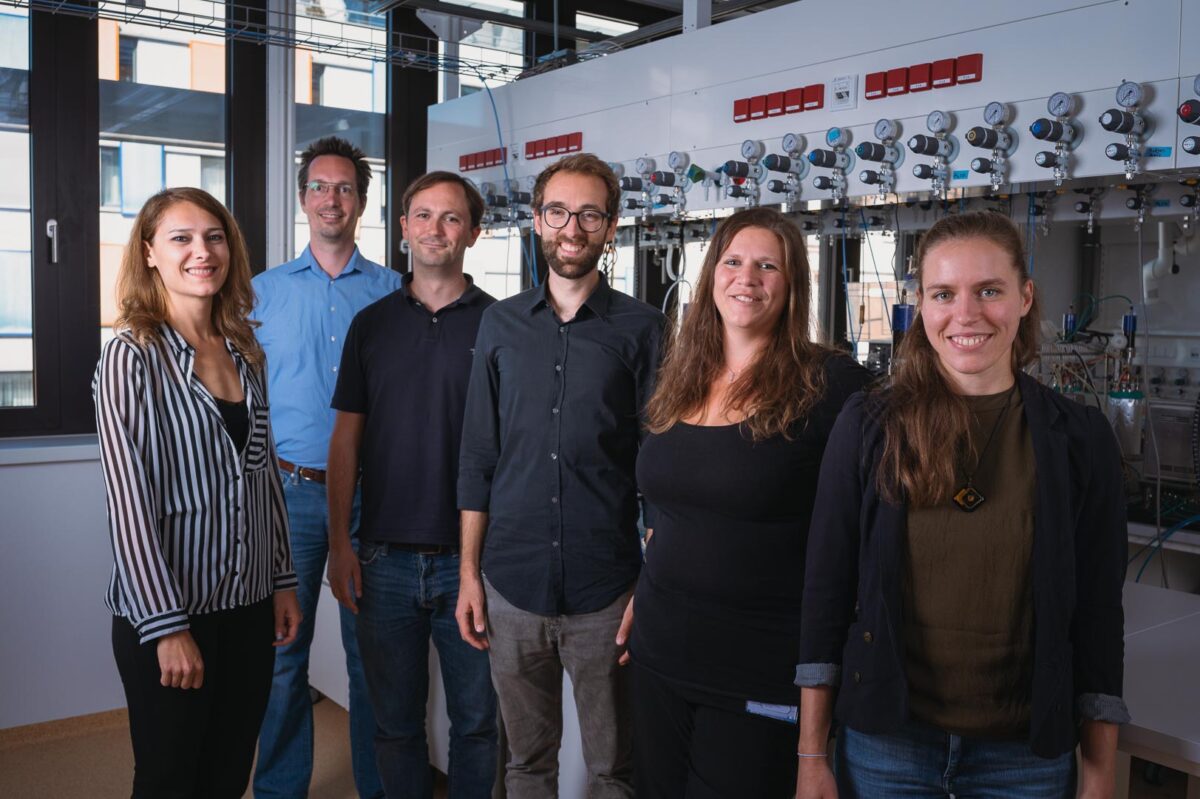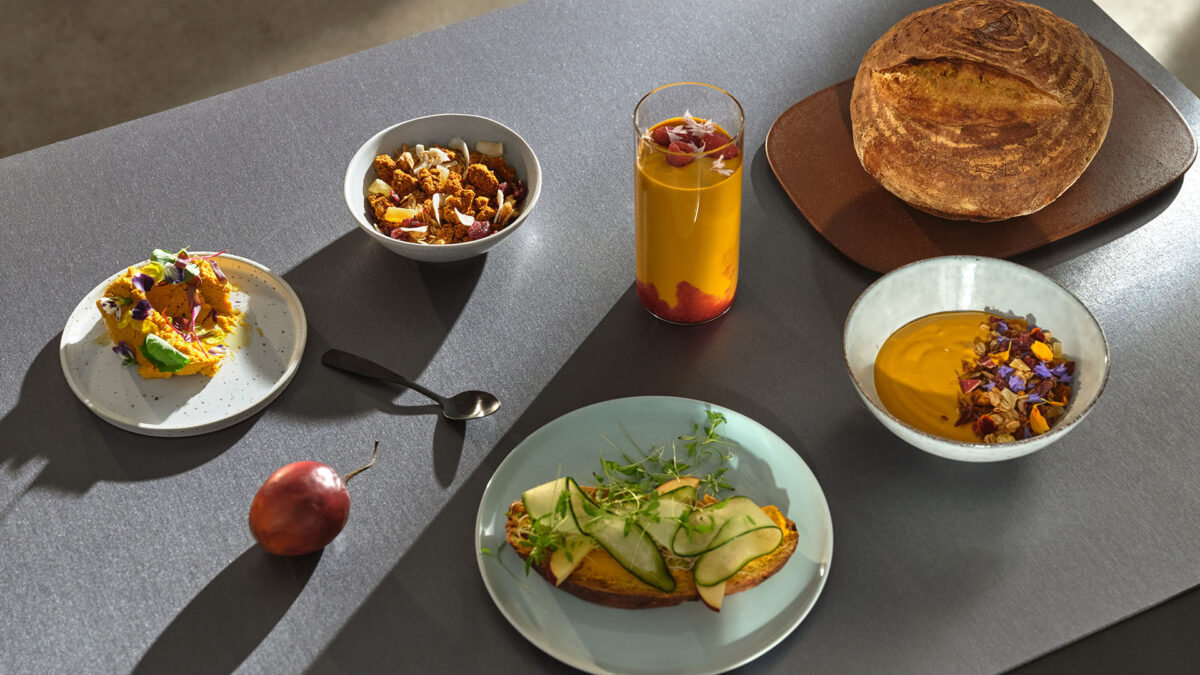Tomatoes and yoghurt to be launched into space as part of NASA food experiments

Tomatoes, yoghurt, and kefir are among the food products which will be launched into space this week as part of the latest SpaceX mission to resupply the International Space Station (ISS).
The foods will be used as part of a series of experiments, exploring some of the fundamental challenges that affect astronauts living aboard the ISS – for example, having access to a continuous, varied, and nutritious diet.
One of the experiments aboard the resupply spacecraft is known as Veg-05. It will focus on growing fresh dwarf tomatoes, with the ultimate aim of being able to supplement astronauts’ diets on long-duration missions, which are mainly comprised of pre-packed and dehydrated goods.
Researchers on the ISS have for some time been testing a plant growth unit called Veggie and have so far been successful in cultivating a variety of leafy greens. Veg-05 will be the next stage of this process.
“We are testing tomatoes, looking at the impacts of light spectrum on how well the crop grows, how delicious and nutritious the tomatoes are, and the microbial activity on the fruit and plants,” said Gioia Massa, NASA Life Sciences Project Scientist and Veg-05 Principal Investigator.
“We also are examining the overall effect of growing, tending, and eating crops on crew behavioural health. All of this will provide valuable data for future space exploration.”
Also onboard the resupply craft is the continuation of the BioNutrients research programme – a five-year investigation into how key nutrients can be produced in space to ensure the health of astronauts on long-duration missions.
The BioNutrients-2 experiments will test a system for producing key nutrients from yoghurt, the fermented milk product kefir, and a yeast-based beverage. In an auxiliary investigation, the researchers plan to engineer a single yeast strain to make up to four nutrient products.
“This experiment adds follistatin, a protein therapeutic used to maintain muscle mass, as well as the fermented milk products yoghurt and kefir,” explained Principal Investigator NASA Ames Scientist John Hogan. “We also are testing a new lightweight bag system for effective microbial storage and growth in microgravity and evaluating our food safety techniques.”
Food experiments have long been a part of space exploration – as far back as the 1980s, scientists have been investigating how micro-gravity affects the growth of certain plants.
Because of the challenges which growing food in space poses, there are those which argue that knowledge gleaned from these experiments can be used to boost food security on Earth – particularly in areas known for their more hostile growing environments.
Increasingly, third-party groups have been getting involved in the process. Earlier this year, Israeli group SpaceIL partnered with NASA to grow chickpeas in space.
Meanwhile Heinz produced a version of its famed Tomato Ketchup in 2021 which used tomatoes that had been grown at the Aldrin Space Institute in “Mars-like” conditions.








